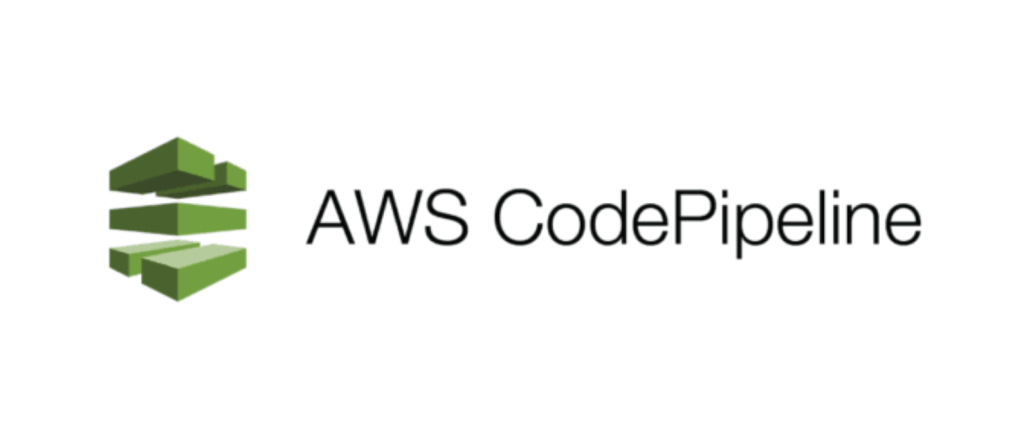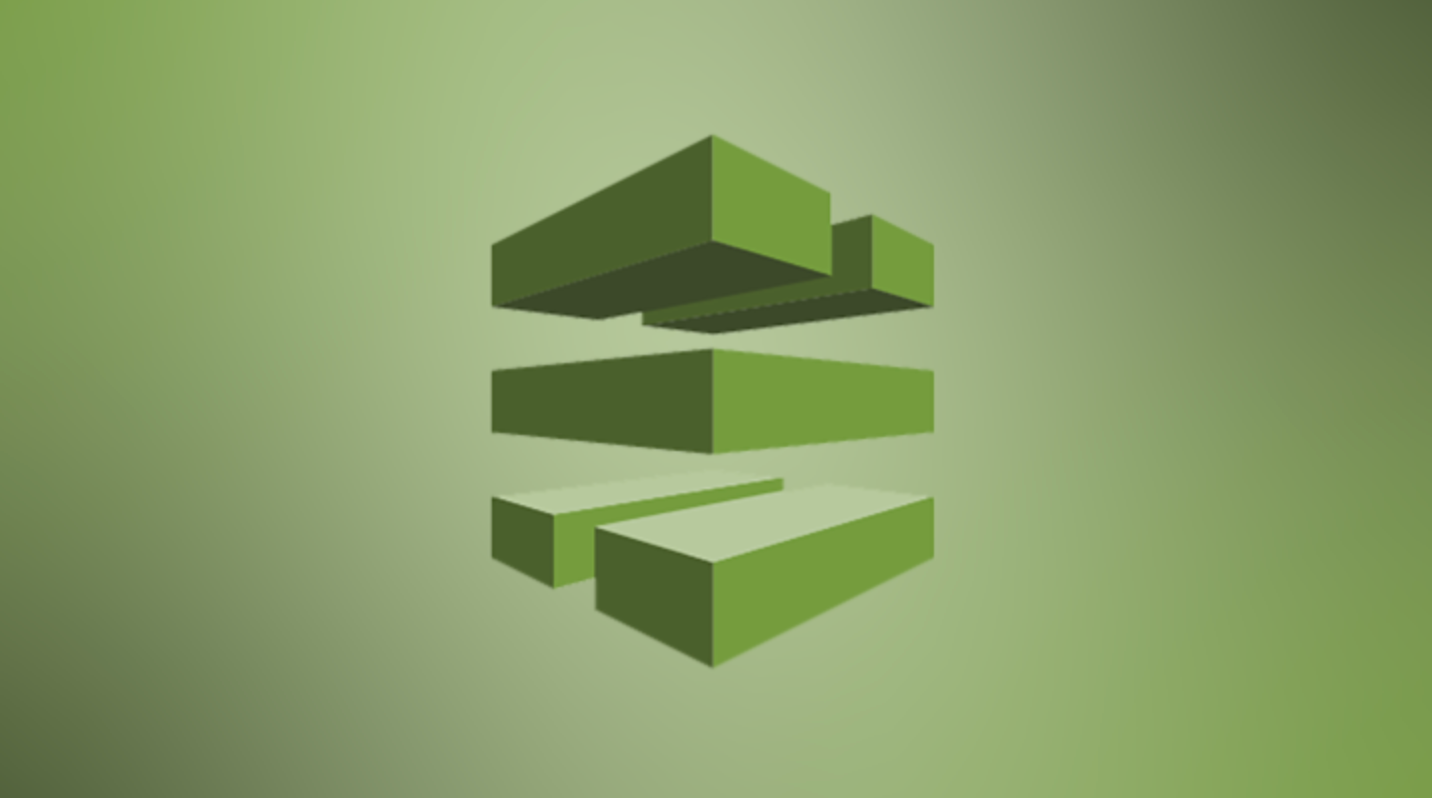Continuous Delivery is a crucial aspect of modern software development. It enables teams to automate the release process, ensuring faster and more reliable software deployments. AWS CodePipeline is a powerful tool that simplifies and streamlines the Continuous Delivery workflow.
What is AWS Codepipeline?
AWS CodePipeline is a fully managed continuous delivery service that helps you automate your release pipelines for fast and reliable application and infrastructure updates. It’s part of the Amazon Web Services suite.
The service simplifies the process of managing, modeling, and visualizing your software release process from end to end. CodePipeline automates the build, test, and deploy phases of your release process every time there is a code change, based on the release model you define.
AWS Code pipeline key features are Following

1. Workflow Modeling
It models the different stages of your software release process, from source code to deployment. This helps in maintaining consistency and standardization across all your projects.
2. Automated Builds, Tests, and Deployments
It automates the entire software release process, ensuring your applications and services are updated quickly and reliably.
3. Integration with AWS Services and Third-Party Tools
It integrates with other AWS services like AWS CodeCommit, AWS CodeBuild, AWS CodeDeploy, and AWS Lambda. It also works well with popular third-party tools like GitHub and Jenkins.
4. Extensibility and Customizability
CodePipeline allows for the creation of custom plugins, enabling integration with any tool that has a well-defined API.
5. Parallel and Sequential Actions
It allows you to structure your workflow in a way that best suits your project’s needs, enabling you to run actions in parallel for speed or sequence them as required.
6. Managed Service
Since AWS manages the service, you don’t need to worry about the underlying infrastructure, allowing you to focus more on the development and less on the operational details.
It’s worth mentioning that CodePipeline is designed for developers and teams looking to fully automate their software delivery process and ensure that their applications and infrastructure are always up to date.
The Importance of Continuous Delivery

In fast-paced software development, businesses need to deliver high-quality software to market quickly. Continuous Delivery allows development teams to deliver software updates frequently, reliably, and with minimal manual effort. By automating the release process, organizations can reduce the risk of human error, ensure consistent deployments, and accelerate time-to-market.
1. Continuous Delivery with AWS CodePipeline
AWS CodePipeline is a fully managed Continuous Delivery service provided by Amazon Web Services. It offers a seamless way to build, test, and deploy applications with ease. CodePipeline integrates with other AWS services like AWS CodeCommit, AWS CodeBuild, and AWS CodeDeploy to create a robust and automated release pipeline.
2. Setting Up CodePipeline
To get started with CodePipeline, you need to define a pipeline that outlines the different stages of your software release process. Each stage represents a specific action, such as source code compilation, testing, and deployment. CodePipeline allows you to configure these stages based on your specific requirements.
3. Source Stage
The source stage is the first stage in your CodePipeline. It retrieves the source code from a version control system, such as AWS CodeCommit or GitHub. Whenever changes are detected in the source code repository, CodePipeline triggers the pipeline and initiates the subsequent stages.
4. Build Stage
The build stage is where your code is compiled, tested, and packaged into a deployable artifact. AWS CodeBuild, an integral part of CodePipeline, provides a scalable and fully managed build service. It compiles your source code, runs tests, and generates the necessary artifacts for deployment.
5. Test Stage
Testing is a critical phase in the software release process. CodePipeline allows you to incorporate various testing frameworks and tools into your pipeline. Whether it’s unit tests, integration tests, or performance tests, you can seamlessly integrate them into the test stage of your pipeline. This ensures that your code is thoroughly tested before moving to the next stage.
6. Deployment Stage
The deployment stage is where your code is deployed to the target environment, such as AWS Elastic Beanstalk or Amazon S3. AWS CodeDeploy, another component of CodePipeline, simplifies and automates the deployment process. It ensures that your application is deployed consistently and reliably across your infrastructure.
Benefits of Continuous Delivery with AWS CodePipeline
Implementing Continuous Delivery with AWS CodePipeline offers numerous benefits for your software release process.
1. Increased Speed
CodePipeline automates the entire release process, allowing you to deliver software updates faster. Manual tasks are minimized, reducing the time it takes to move code from development to production.
2. Reduced Risk
With automated deployments, the risk of human error is significantly reduced. CodePipeline ensures consistent and error-free deployments, enhancing the reliability of your software releases.
3. Scalability
CodePipeline is built on AWS, which means it can easily scale to meet your growing needs. Whether you have a small application or a complex enterprise system, CodePipeline can handle it.
4. Flexibility
CodePipeline offers flexibility in terms of integrating with other AWS services and third-party tools. You can customize your pipeline to include specific testing frameworks, code quality analysis, and security checks.
5. Visibility and Monitoring
CodePipeline provides real-time visibility into the status of your pipeline. You can monitor each stage, track the progress, and identify any bottlenecks or issues that need attention.
Continuous Delivery Best Practices
To make the most out of Continuous Delivery with AWS CodePipeline, consider the following best practices.
1. Version Control
Ensure that your source code is stored in a version control system like AWS CodeCommit or GitHub. This allows you to track changes, collaborate with other developers, and roll back to previous versions if needed.
2. Automated Testing
Implement a robust automated testing strategy. Include unit tests, integration tests, and any other relevant tests in your pipeline. This helps catch bugs early and ensures that your software is of high quality.
3. Infrastructure as Code
Use infrastructure as code tools like AWS CloudFormation or AWS CDK to define and provision your application infrastructure. This allows for consistent and repeatable deployments, reducing the risk of configuration drift.
4. Continuous Feedback
Establish a feedback loop with your development and operations teams. Regularly review the pipeline performance, gather feedback, and make iterative improvements to optimize the release process.
FAQs
What is Continuous Delivery?
Continuous Delivery is a software development practice that emphasizes frequent and automated software releases. It enables teams to deliver software updates quickly, reliably, and with minimal manual effort.
How does AWS CodePipeline help with Continuous Delivery?
AWS CodePipeline automates the software release process by providing a fully managed Continuous Delivery service. It integrates with other AWS services to build, test, and deploy applications seamlessly.
Can I use AWS CodePipeline with non-AWS services?
Yes, AWS CodePipeline supports integrations with external services through custom actions and plugins. You can extend CodePipeline’s functionality to work with non-AWS services in your release process.
Does CodePipeline support multiple environments?
Yes, CodePipeline allows you to set up multiple stages for different environments, such as development, staging, and production. This enables you to promote your software through various testing and deployment phases.
Is AWS CodePipeline suitable for small-scale projects?
Yes, AWS CodePipeline is designed to scale according to your project’s needs. It caters to both small-scale and large-scale projects, offering flexibility and scalability.
How can I monitor the progress of my CodePipeline?
CodePipeline provides real-time visibility into your pipeline’s progress through the AWS Management Console. You can monitor each stage, view logs, and track the overall status of your releases.
Conclusion
Continuous Delivery with AWS CodePipeline revolutionizes the software release process by automating and streamlining every step. It empowers development teams to deliver software updates quickly, reliably, and with minimal effort. By leveraging the power of AWS CodePipeline, organizations can achieve faster time-to-market, reduce risks, and improve overall software quality. Embrace Continuous Delivery with AWS CodePipeline to enhance your software release process.

